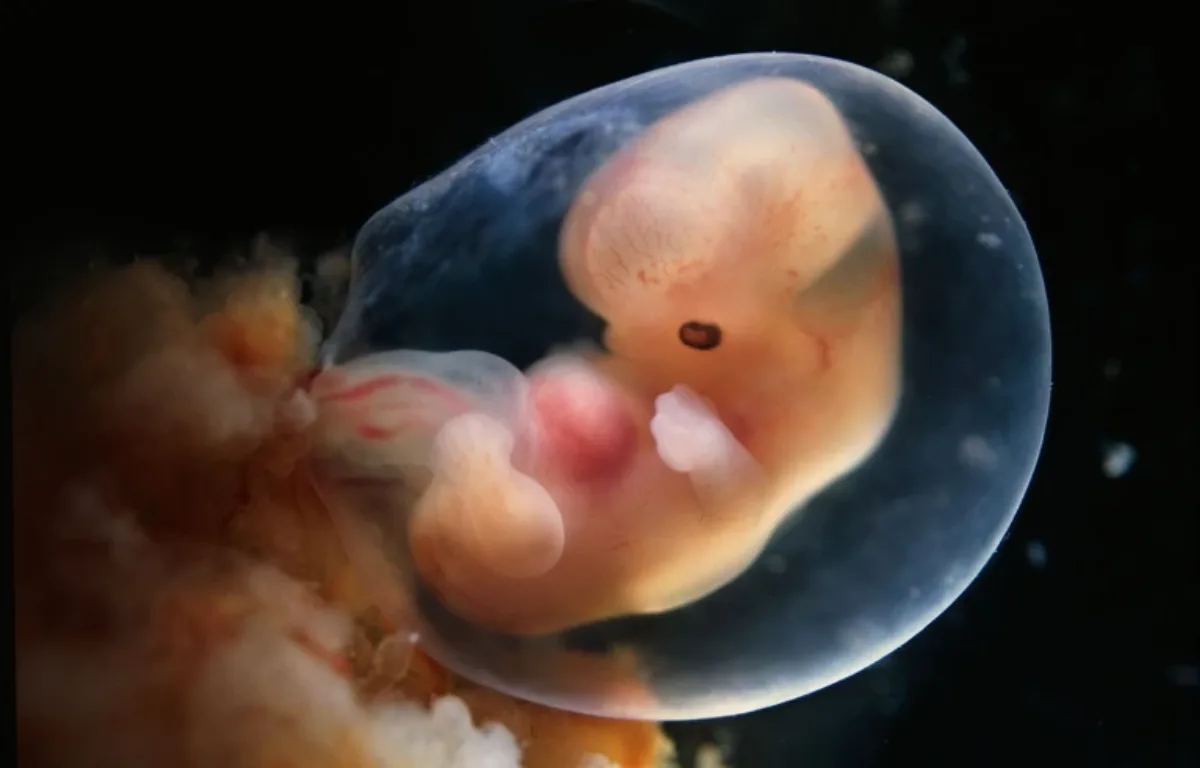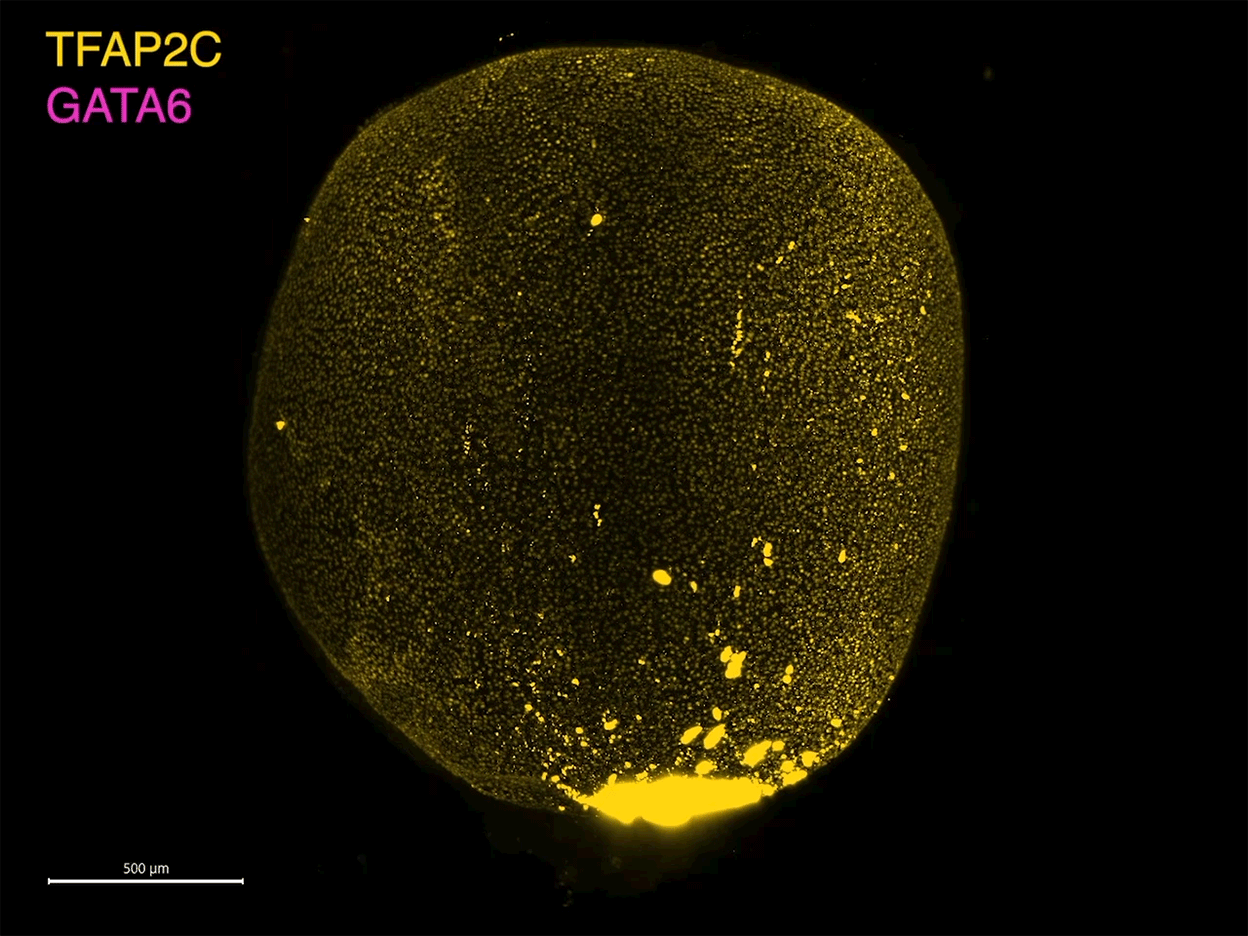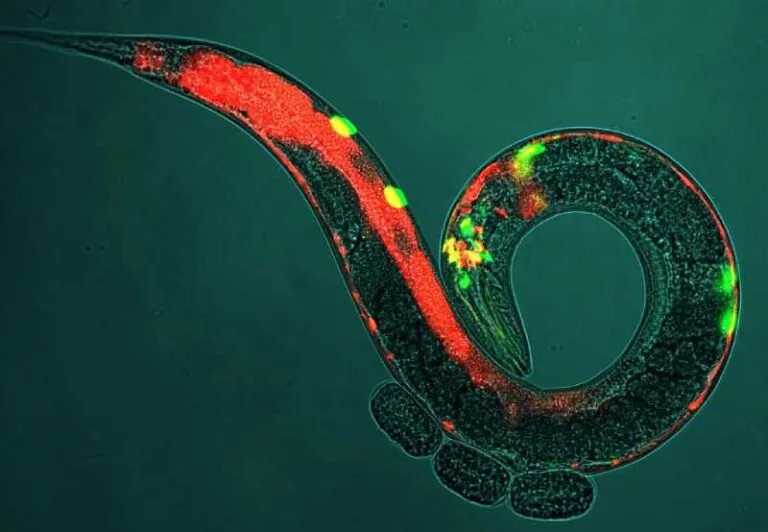Advanced amniotic sacs created from stem cells

Scientists at the Francis Crick Institute in London have successfully coaxed stem cells into forming fluid-filled amniotic sacs in the lab. The structures, similar in size and composition to those found in a four-week-old pregnancy, mark the most advanced lab-grown amniotic model to date. The findings were published on Thursday (May 15) in the journal Cell.
The amnion is a thin membrane that surrounds the embryo and creates the amniotic sac, which is filled with fluid. This sac acts as a protective cushion—shielding the embryo from physical shocks, dehydration, and infection, while also supporting its healthy development. However, accessing this tissue during the earliest stages of pregnancy is extremely difficult. That’s why scientists have turned to stem-cell-based models to investigate how these structures form and function.
“The major advantage is it’s big and reproducible,” says Janet Rossant, a developmental biologist at the Hospital for Sick Children in Canada. “It’s a neat paper.”

How researchers coaxed stem cells into forming sacs
To build the model, the researchers stimulated embryonic stem cells with two different types of signaling molecules—one on the first day, and another on the second. The cells were then placed in a culture medium, where they began to self-organize into small, fluid-filled spheres. Over the course of three months, these sacs expanded to approximately 2 centimeters in diameter.
“It’s quite remarkable, the self-organization properties of these cells,” says Silvia Santos, a co-author of the study and stem cell biologist at the Crick.
Upon closer examination, the scientists found that the structures closely mimicked a natural amniotic sac at around four weeks of development. They featured a two-layered membrane and were filled with fluid. A yolk sac–like structure, which provides early nutrients to the embryo, also appeared attached to the amniotic sac and disappeared after two weeks—just like in natural embryonic development.
Artificial amniotic fluid closely resembles the real thing
Beyond structure, the fluid inside the lab-grown sacs was another major breakthrough. The researchers were able to extract and analyze the liquid, which was rich in proteins and metabolites crucial for fetal growth and health. The composition closely resembled that of real human amniotic fluid from later stages of pregnancy.
This level of detail and accessibility was not possible with previous models, which were significantly smaller and less complex.
Limitations and what’s next for this line of research
Despite the significant progress, experts caution that this model represents only the earliest phase of amnion development. To study more serious complications—such as amniotic sac damage that can lead to early pregnancy loss—scientists will need to create models that replicate later stages of gestation, when these problems typically occur.
The next step is to build even larger sacs and introduce embryonic cells that simulate a growing embryo within the fluid. Studying how these components interact could offer deeper insights into how the amnion supports embryonic development.
“The impact of the amnion is in its relationship with the embryo itself. So as a free-standing amniotic sac, it doesn’t have a whole lot of significance,” Rossant notes.
Source: Nature






